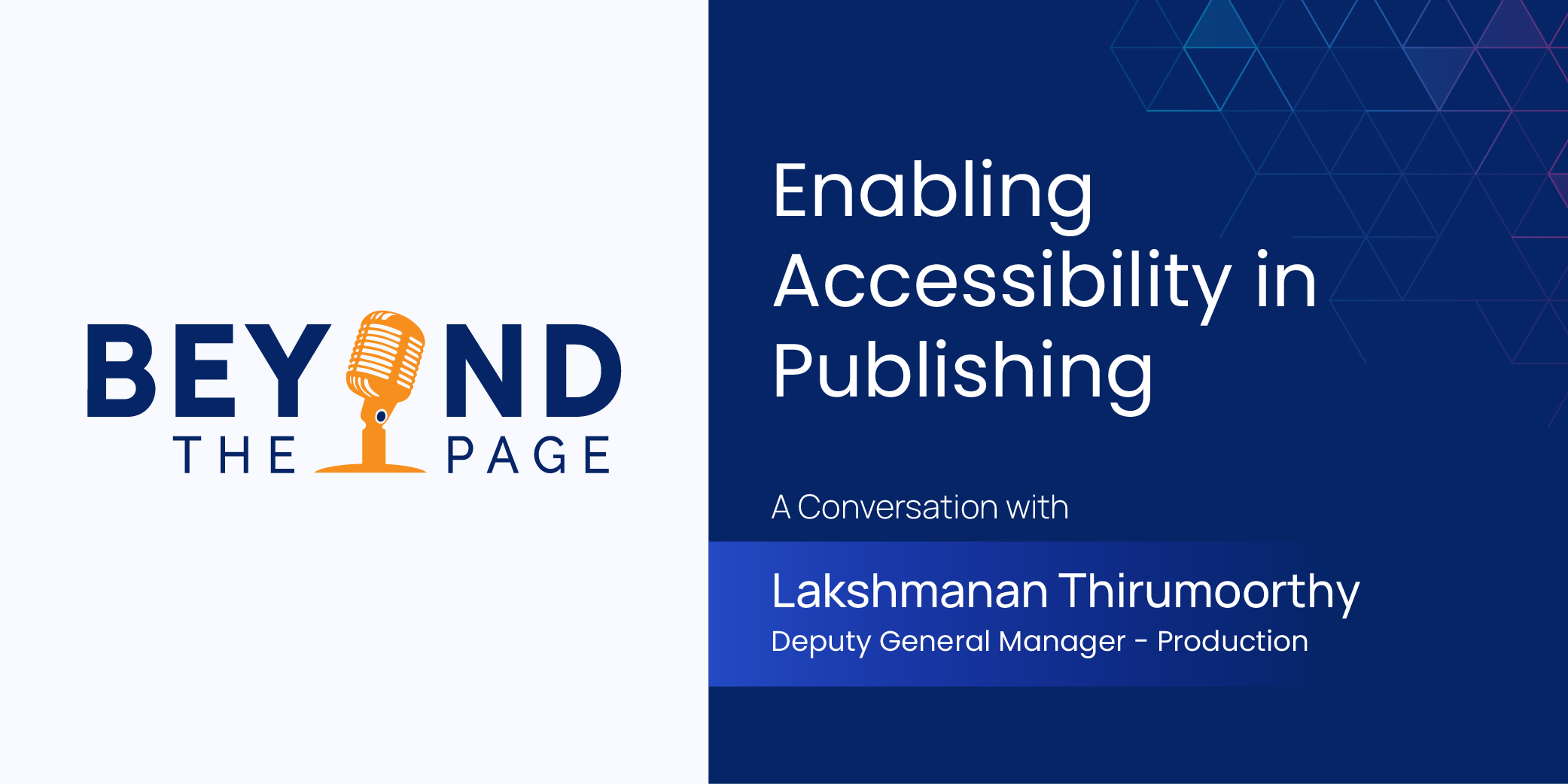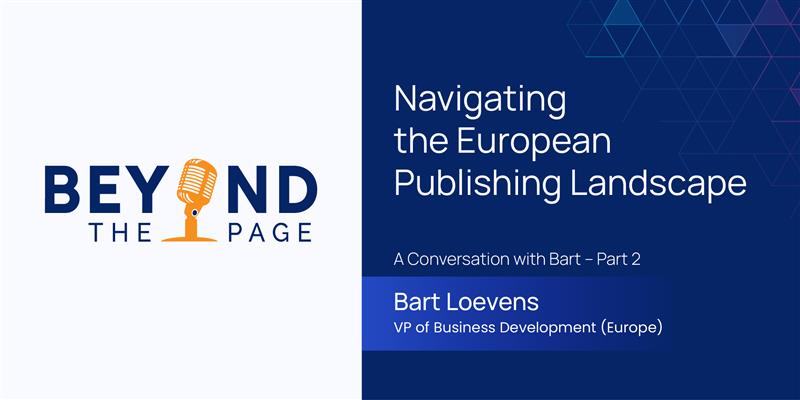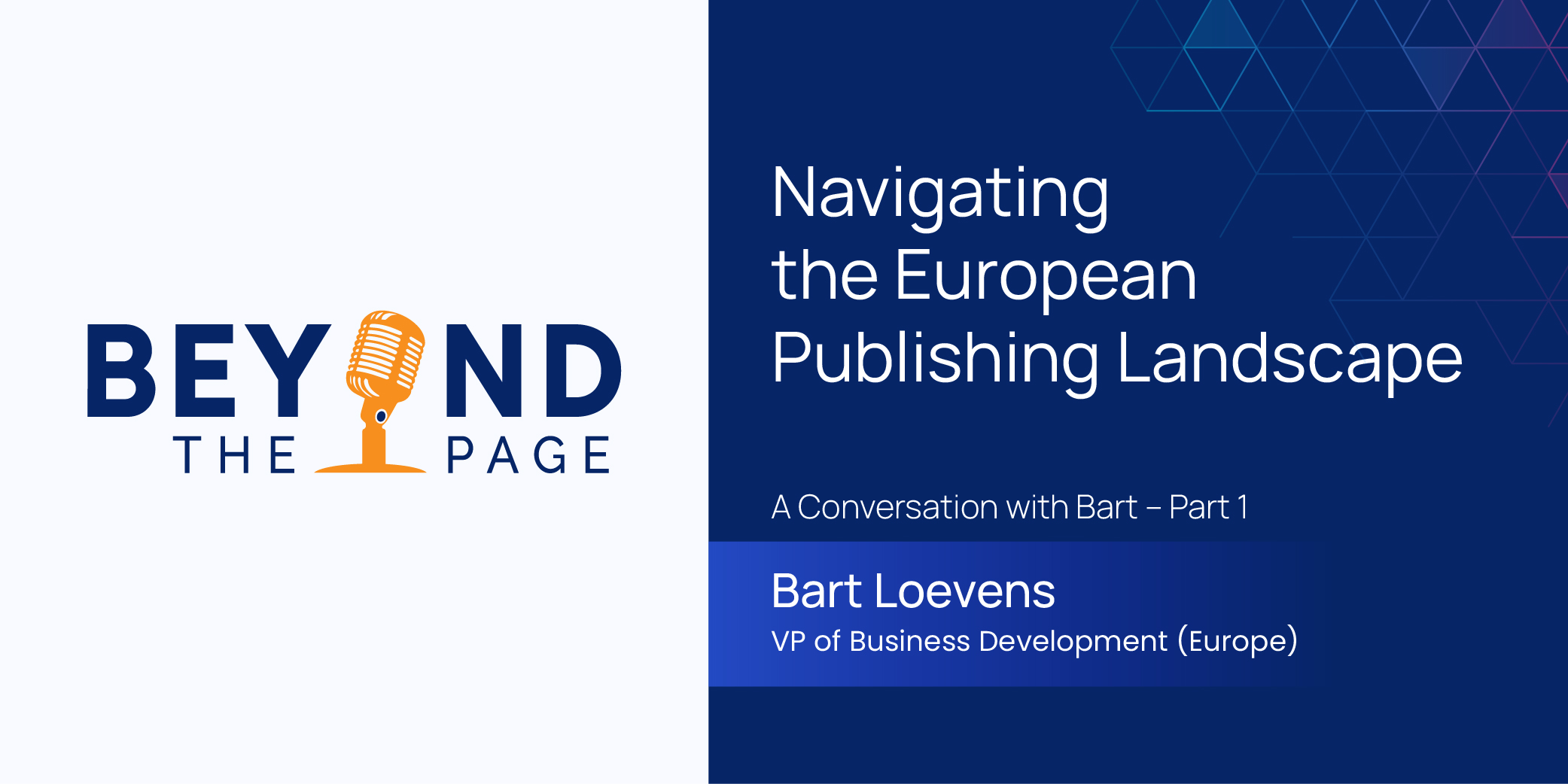
Within digital publishing circles today — when you have terms like: Artificial Intelligence (AI) and Natural Language Processing (NLP) thrown around ever so often, you would do yourself some good to get acquainted with them and in fact get around to exploring them in real-time for potential use cases in the publishing space.
With complex workflows characterizing a big part of the publishing ecosystem, AI capabilities are quite promising to the extent that they can actually automate large portions of these workflows, and create significant value to publishing businesses, authors, and the research community.
With this blog, let’s decode how AI and NLP render themselves to value in the publishing space.
Empowering editors with better decision-making
AI augments human ability by helping machines identify and create new patterns. It involves developing algorithms that enable machines to quickly process large scores of data, recognize consistent patterns within that data, make insight-driven decisions, and provide recommendations based on that analysis. In essence, AI can simplify the publishing process to the extremes.
Correcting minor errors
With built-in AI and NLP technology, digital editing tools can analyze each article that comes their way with pre-set grammar and formatting rules. After analyzing the content, the technology helps evaluate whether or not the article is of good, publishable quality. The technology will automatically correct minor errors like grammar and punctuation, and flag more complex issues that may need an editor’s attention. Journal submissions that are high-quality and can advance straight to the typesetting and composition stage.
Automating workflows
AI can intelligently automate workflows in order to reduce time to publication, improve editorial quality, enhance author experience, and boost the immediacy of science. AI and NLP can be leveraged to create a splash in the peer review process by evaluating manuscripts, extracting key terms for originality and relationship mapping, checking for language quality, identifying plagiarism, and even matching papers to journals and reviewers.
Accelerating internal production processes and reducing lead times
Since production processes are very time-consuming and there is a constant demand for faster, cheaper, and shorter turnaround times, AI can increase the speed of the editing process and better serve its authors with more timely publication. From sifting through the large volume of incoming content to flagging content and process anomalies, AI/NLP has become indispensable.
NLP incorporates grammar analysis into machine-learning. A computer program is trained to recognize the noun, verb, and object in a sentence, and to understand the structure of words in order to discern their meaning. With NLP technology, publishers can automate simple editing and formatting tasks and focus on more complex tasks at hand.
Reducing lengthy review cycles
By reducing the number of touchpoints that a document has to flow through, AI and NLP together can increase the speed through the system, using algorithms, rather than having to wait for manual review cycles that are typically long and time-consuming. This cuts down on manual editorial intervention and could possibly even reduce the element of human bias.
So, what’s the final take?
There are two ways of seeing the benefits that AI/NLP can bring to the publishing table. On one hand, they can be used to streamline publishing workflows and thereby improve author experience since data-driven decisions always take the cake over off-hand conclusions. On the other hand, publishers see AI and NLP as useful technological tools that can drastically reduce costs and drive operational excellence, all along improving publishing workflow efficiency and output quality.
News & Insights

Enabling Accessibility in Scholarly Publishing – A Conversation with Lakshmanan Thirumoorthy

Navigating the European Publishing Landscape – A Conversation with Bart – Part 2

